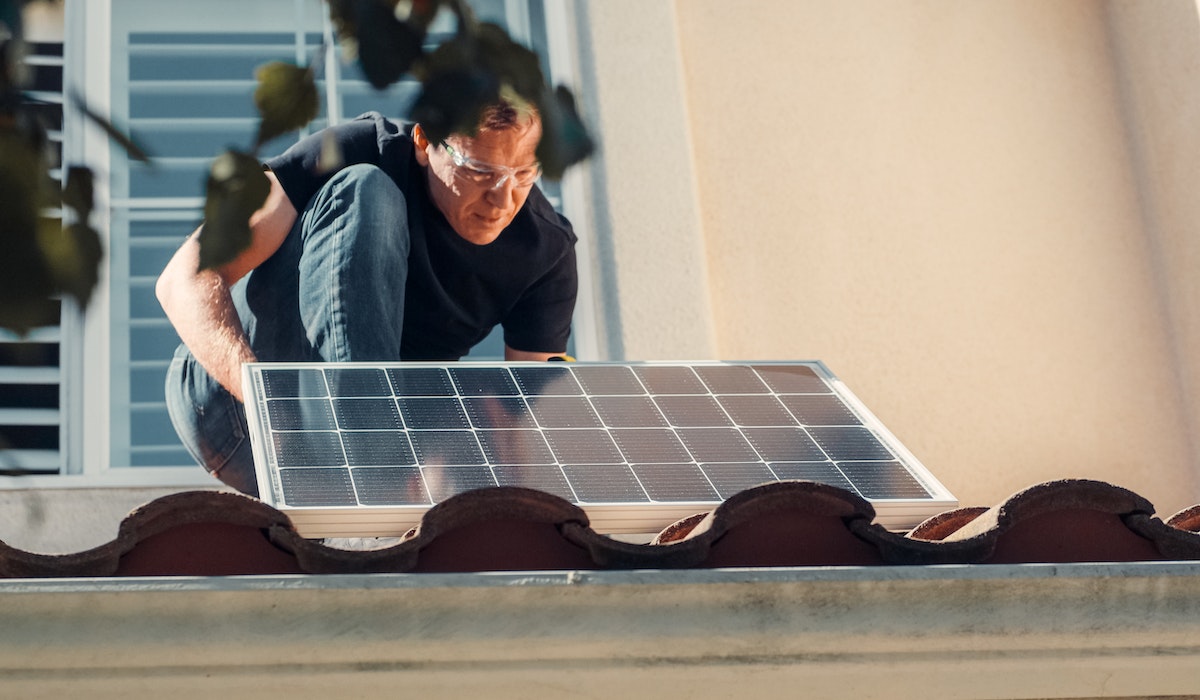
As energy prices continue to increase, many homeowners have made saving money on energy bills a primary concern. One approach to attain this aim is to make your home more energy-efficient, and this article will examine numerous strategies to improve your home’s energy efficiency.
Steps You Can Take to Reduce Energy Bills
The amount of money you may save by upgrading your house to reduce energy expenses is determined by several factors, including the size of your property, the changes you make, and your energy consumption patterns. On the other hand, homeowners may save up to 30% on their energy costs by making energy-efficient renovations. Here are eight ways that you can apply to your house to save yourself from bills:
1. LEDs Should Be Used Instead of Incandescent Bulbs
LED lighting is more energy efficient and lasts longer than incandescent lighting. LED light bulb replacement will help you save money on your energy bills.
2. Improve Your Appliances
Contemporary appliances are more energy efficient than earlier models. Upgrade your refrigerator, dishwasher, washing machine, and dryer to save money on electricity.
3. Sealing Air Leaks
Air leaks in your home can waste energy. Fixing leaks in your doors, windows, and walls may help keep your house airtight and save you money on energy bills.
4. Install Solar Panels
Solar panels provide clean, renewable energy from the sun, which may help you save on utility costs. While the installation costs may be high at first, the long-term advantages of solar panels make it a worthy investment.
5. Window Coverings
Installing window coverings like curtains and shades can be beneficial in regulating indoor temperature. During the summer, they can limit heat absorption, while in the winter, they can prevent heat loss. This can lead to a decrease in energy bills since there is less need for heating and cooling.
6. Placing Trees and Plants Around Your Home
It may provide natural shade throughout the summer, reducing the demand for air conditioning. Throughout the winter, these plants can function as windbreakers, reducing heat loss and saving money on energy expenses.
7. Employ a Smart Power Strip
A smart power strip can aid in the reduction of standby power consumption, which is the energy consumed by appliances even when switched off. Smart power strips can identify when equipment is not in use and automatically turn it off, saving energy.
8. Swap With Motion Sensor Lights
Motion sensor lights turn off mechanically when no one is in the room, dropping energy usage. These lights are especially beneficial in infrequently used places such as garages and storage rooms.
Benefits Of Upgrading Home Appliances to Save Energy Costs
HVAC energy systems are necessary components of every structure but may also waste a lot of energy. Installing a programmed thermostat, updating to high-efficiency equipment, and sealing air leaks. Can help significantly reduce the use of energy. Work with professional services for heat and air in OKC to clean and maintain your HVAC system. Upgrades to energy-efficient appliances can give various advantages, including:
Improved Performance
Energy-efficient appliances are designed to boost performance using sophisticated technologies. A high-efficiency dishwasher, for example, may clean dishes more completely while using less water and electricity.
Increased Comfort
Certain energy-efficient products, such as air conditioners and heaters, can keep your house at a more constant temperature and give more comfort.
Environmental Advantages
Energy-efficient appliances use less energy and emit fewer emissions, lowering your carbon footprint and helping to safeguard the environment.
Home Value Increase
Investing in energy-efficient appliances may raise the value of your property. Energy-efficient improvements are becoming increasingly popular among homebuyers and can increase the value of your house.
Tips For Installing Motion Sensor Lights in Your House to Save Energy Costs
Select the Correct Sensor
Infrared, ultrasonic, and microwave sensors are among several motion sensors available. Pick the best one for the region you want to cover and the movement you want to detect. Follow the manufacturer’s directions for correctly installing the motion sensors. Ensure they are securely placed at the right height and angle to detect movement.
Set the Timer
Most motion sensors have a timer that regulates how long the lights remain on once movement is detected. Configure the timer for a duration appropriate for the location, such as 1-5 minutes.
Change Sensitivity
Certain motion sensors allow you to change the amount of sensitivity and adjust the sensitivity to an acceptable level for the region to avoid unnecessary light activation.
Test and Adjust
Once the motion sensors have been installed, ensure they operate properly. Change the time frame and sensitivity to ensure that they are working properly.
Conclusion
In conclusion, renovating your house to reduce energy expenses is a good investment that may help you save money on your energy bills while also improving the comfort and value of your property. Implementing energy-efficient improvements to your property given in this blog can raise its value by making it more appealing to potential purchasers. Furthermore, certain energy-efficient modifications may qualify for tax credits or rebates, which can enhance the value of your property even more.


